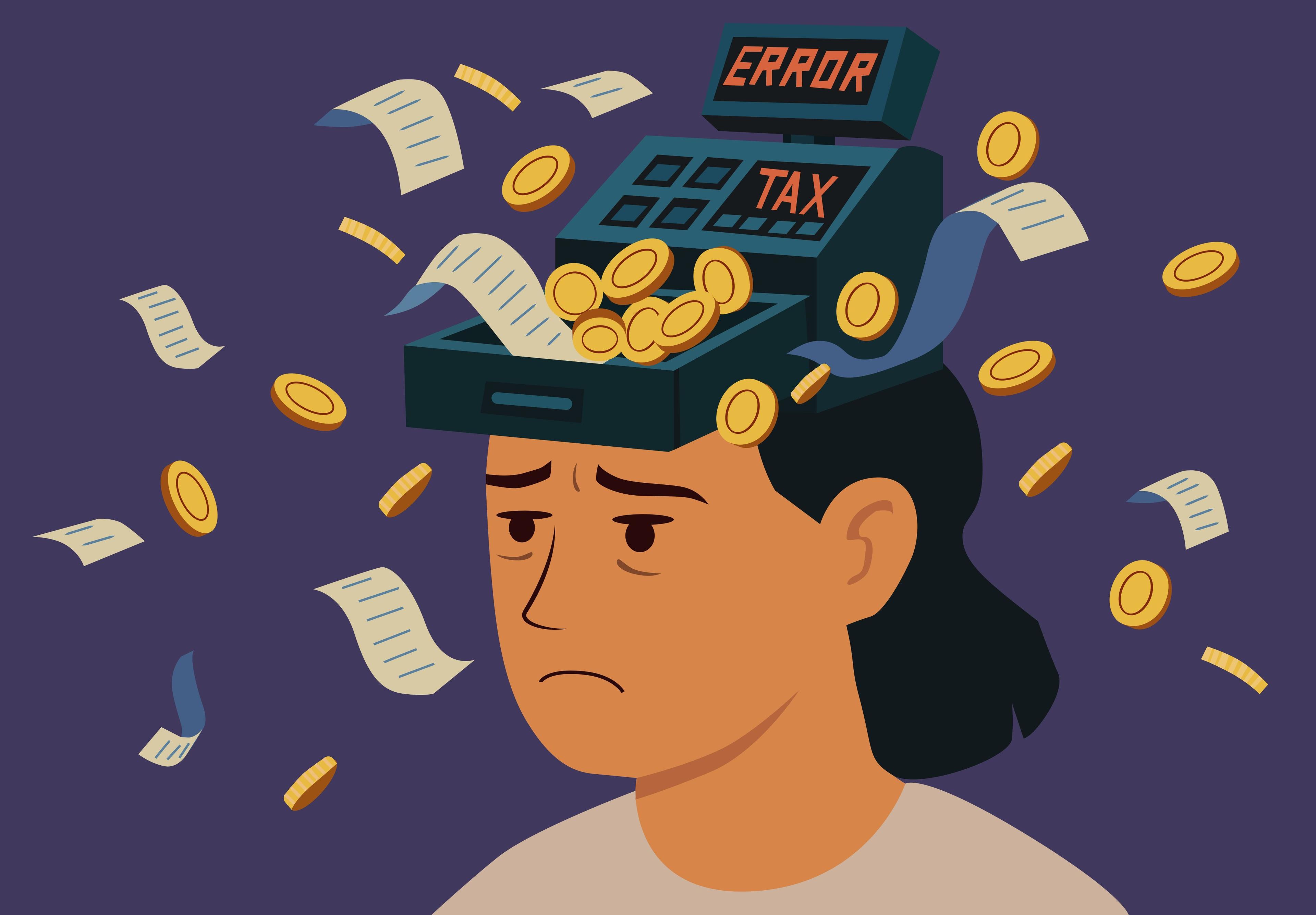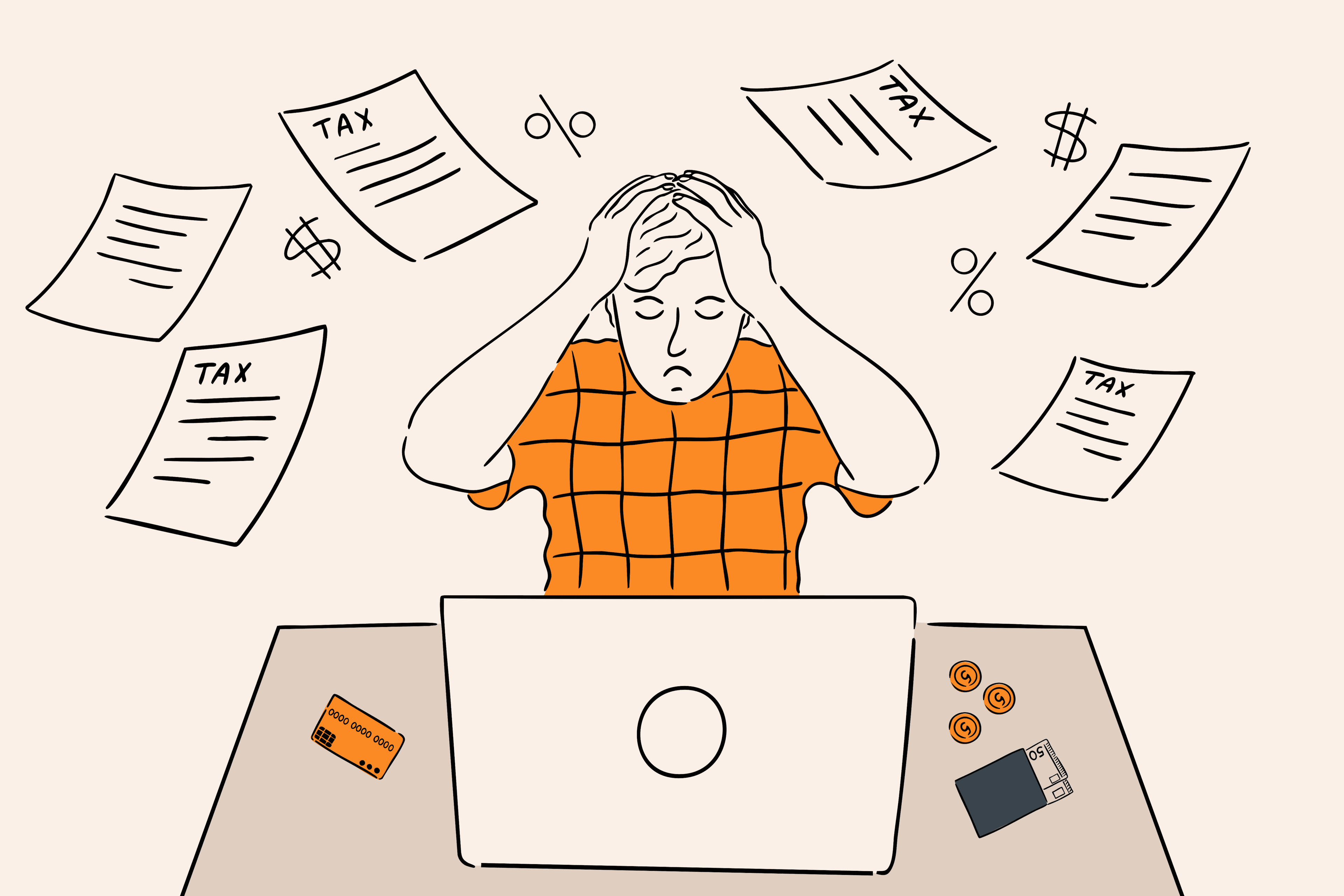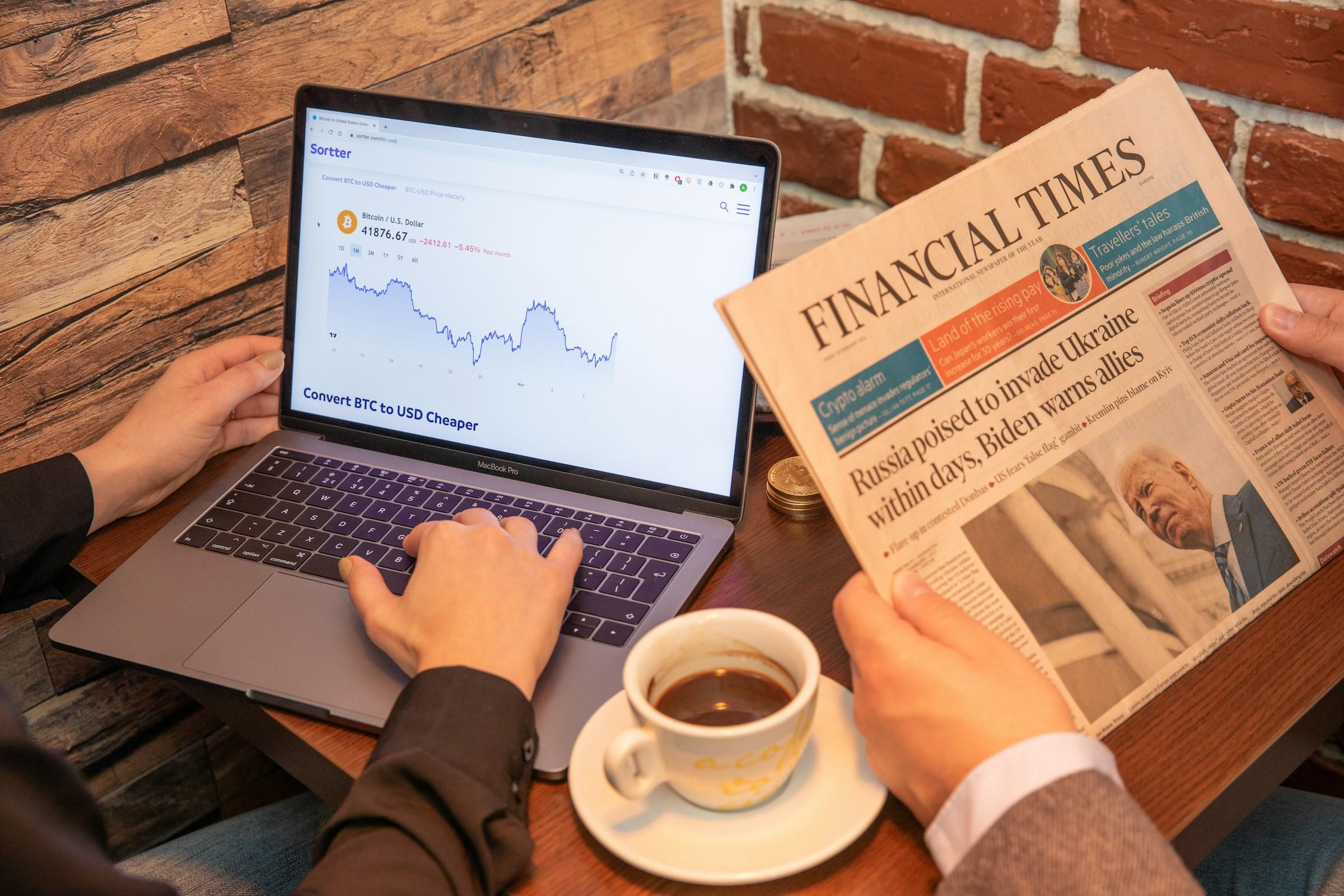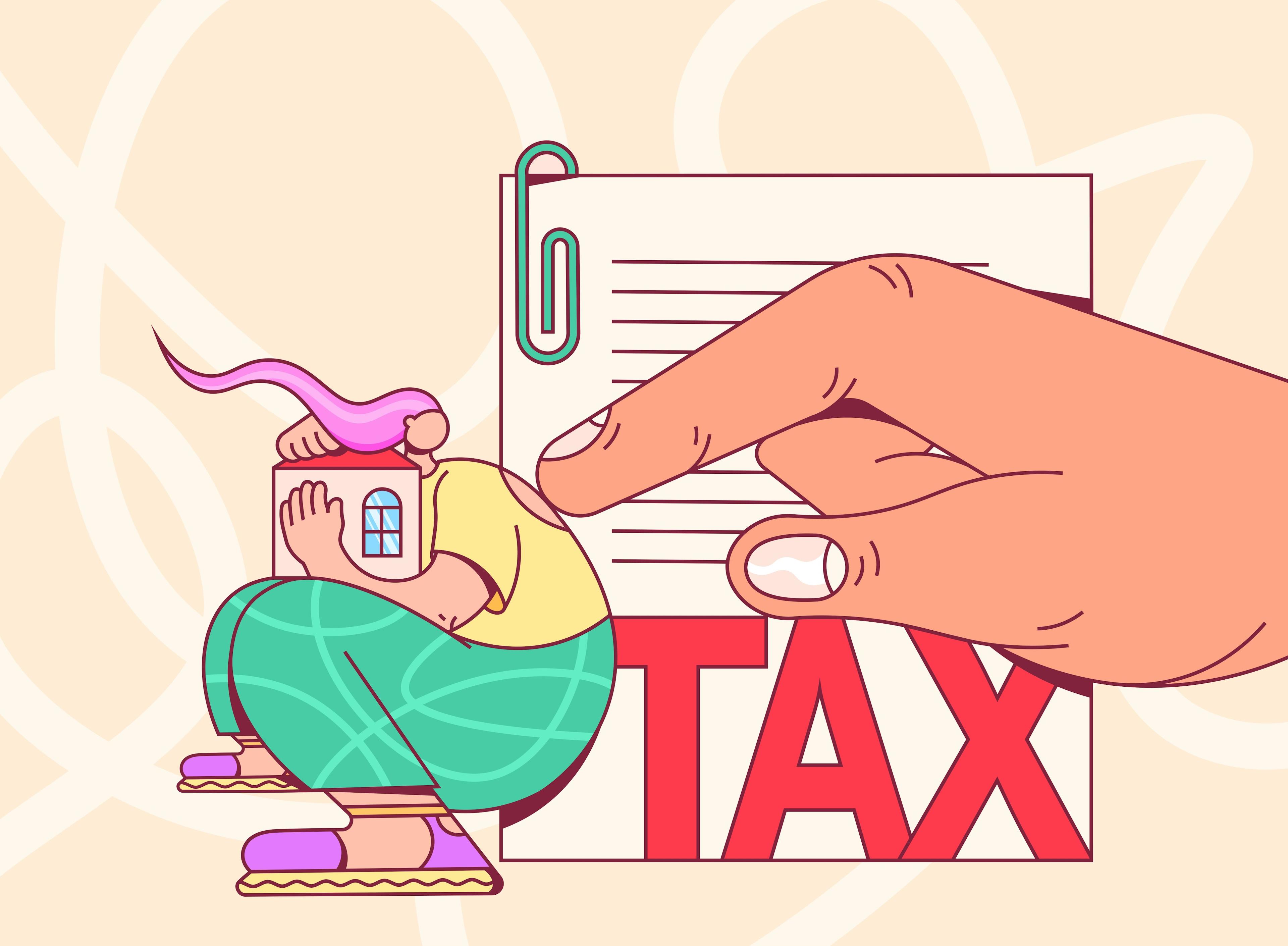You open an investing app and the chart looks alive, green and tempting in a way that makes your thumb hover over the buy button. The pull to start is real, and starting early matters because time is the only teammate that keeps working when you sleep. Yet the same impulse that gets you moving can also send you down a path shaped by luck and noise rather than intention. The most useful shift you can make is to treat investing not as a vibe but as a system, one that you design around your life. The guiding question is simple. What should you consider before investing. Once you answer that question with clarity, you can put your money to work and let compounding do its quiet, patient job.
Begin with time, and not market time but your time. Money has jobs, and every job has a contract. Rent for next month is a short contract. A wedding in two years is a medium contract. Retirement in three decades is a long contract. Investing makes sense only when the money you put in will not be needed before the contract ends. If you plan to buy a car next year, a volatile equity portfolio is a shaky parking spot, and a speculative token is a roller coaster. If you are building wealth for a future version of you, market dips become sale seasons rather than panic alarms. Set a timeline for every goal, then choose assets that match the length of each contract. Long contracts can absorb more volatility. Short contracts demand stability and liquidity, which often means cash, high quality bonds, or simply leaving the funds untouched until the day you need them.
Next is your emergency buffer, the most unglamorous yet liberating part of the entire plan. Investing without a buffer is like driving without brakes. You do not notice the problem until a truck pulls out in front of you and suddenly the risk is no longer theoretical. Three to six months of core expenses in something boring and liquid protects your portfolio and your nerves. Boring and liquid means a high yield savings account, a money market fund that settles quickly, or a short dated government bill through a reputable broker. Once that buffer is in place, you stop treating the market like an ATM during bad weeks. Your investing decisions stop competing with your stress response, and that alone elevates the quality of every choice you will make.
After that comes risk, which is not a personality trait but a mix of capacity and preference. Capacity is the reality of your life, things like income stability, dependents, and debt payments. Preference is the amount of price swing you can tolerate before you sabotage your own plan. Most people overestimate their tolerance in rising markets and underestimate it the first time they see a red candle that lasts more than a day. A practical way to test yourself is to simulate a loss on paper. If a 30 percent drop in the equity portion of your portfolio would make you sell in fear, your allocation is misaligned. Reduce the equity slice or add stabilizers such as high grade bonds until the drawdown feels survivable. When your allocation fits both your capacity and your preference, you are far more likely to hold long enough for risk to pay you.
Debt belongs in the conversation as well. Not all debt is bad. Low interest student loans can coexist with investing, especially when employer matches or tax shelters give you instant or guaranteed returns. High interest debt is different. If your credit card charges nineteen percent and your expected market return is eight, the math does not require a forecast. Every ringgit or dollar used to crush that balance is a risk free return the market cannot promise. Clear the expensive stuff or at least lock it into a disciplined plan before you try to build an investment stack that grows.
Fees sound small until you stretch them across a decade. A one percent annual fee is not a harmless line item. It is a siphon that skims the top in good years and keeps skimming in bad years. Compare expense ratios on funds. Check trading commissions on your platform. Pay attention to spreads when you trade foreign stocks or crypto pairs. Consider whether a robo advisor earns its fee by handling automation, tax moves, and behavior coaching, or whether it mostly offers a pretty dashboard you could replicate with a low cost index fund and an automatic transfer. Compounding is sensitive to friction. The quieter you keep the friction, the more compounding has to work with.
Taxes are not exciting, but they are part of the game. Gains can be short term or long term. Dividends can be qualified or not. Crypto trades can trigger taxable events even when you swap one token for another. Some countries offer shelters like Roth style accounts, ISAs, or mandatory savings systems. Some allow you to harvest losses to offset gains. The point is not to turn yourself into an accountant. The point is to understand the basic outlines of your tax landscape so that you are not surprised when the bill arrives. Plan what you can plan, because a planned tax always feels smaller than an unplanned one.
Liquidity deserves a seat at the table. A property can build wealth, but try selling a kitchen on a Tuesday. Small cap shares, micro cap tokens, or collectibles can also lock you in. You may assume there is always a buyer until the day there is not. If your plan calls for periodic rebalancing or if your life demands flexibility, make sure a significant portion of your portfolio sits in assets that can be turned into cash without drama. Liquidity is a form of freedom, and freedom is what keeps people invested when volatility shows up.
Diversification is not marketing copy. It is insurance you do not pay for directly. You want exposures that do not move in perfect sync. For many people a sensible core looks like broad global equities through low cost funds, paired with a stabilizer such as government bonds or high grade corporate bonds. Around that, you can place carefully sized satellites that reflect your convictions, like a thematic fund, a handful of single stocks you truly understand, or a modest crypto allocation that you can mentally and financially tolerate at zero. Geographic diversification also matters. If your job and housing are tied to one economy, it can be wise to own assets that earn in other currencies. Concentration can build fortunes for founders and insiders. Diversification preserves wealth for everyone else.
Know the product before you touch it. If an investment requires a twenty page explainer and a glossary to understand the basic mechanics, you may be buying a story rather than an asset. With exchange traded funds, read what the fund actually holds and how it selects those holdings. With structured notes, make sure you understand the payoff diagram and conditions that can produce losses. With staking or yield opportunities, identify the source of the yield, the lockup period, and the counterparty or smart contract risk. If you cannot explain the core idea to a friend without notes, wait. Curiosity first, capital later.
Platform risk is real and easy to ignore when prices are rising. Your app is not your asset. Your ownership is. For stocks and funds, you want brokers with strong regulation, clear segregation of client assets, and reliable paths to transfer out. For crypto, learn to self custody small amounts, and if you scale up, use a hardware wallet and test your backups. For both traditional and digital investments, enable multifactor authentication, avoid SMS only codes, and protect the email that controls your accounts. If a platform promises yields that look like a cheat code, ask who is on the other side of the trade and how the numbers add up. If the answer is vague, take the hint. The best tools look a little boring because they are built to last.
Automation beats motivation. Set a fixed transfer on payday into your chosen funds and allocations. That is dollar cost averaging in practice, and it turns volatility into an ally rather than a threat. You will buy fewer units when prices are high and more when prices are low, and you will do it without trying to outguess the market. Pair automation with a calm review once or twice a year. Use those reviews to rebalance back to your target mix and to reflect on whether your life has changed in a way that warrants changing the plan. Rebalancing often feels wrong in the moment because it asks you to sell what has done well and buy what has lagged. That discomfort is a feature. It nudges you toward buying low and selling high without needing a headline to push you.
Behavior is the real source of long term outperformance for everyday investors. You do not need perfect timing or insider knowledge to build wealth. You need consistency, patience, and a way to reduce noise. Turn off push alerts that ping you with every tick. Follow fewer voices, especially the ones that always sound certain. Write a short personal policy before you start, one paragraph that defines your aim, your mix, your contribution rate, and the conditions under which you will make changes. A written rule protects you from your future self when the market gets loud, the way a safety harness protects a climber who knows they will not always be steady.
Start simple and upgrade later. You do not need ten funds and a basket of speculative names to call yourself an investor. A broad equity fund and a bond fund can carry a portfolio far beyond what most people expect. Once the core is humming, you can add small experiments on the side to keep your curiosity and learning alive. Size the experiment so that a complete wipeout would sting but not harm your plan. If it prospers, trim profits and feed the core. If it fails, you have paid a reasonable tuition for a lesson you will not forget.
Match your tools to your attention span. If you do not have the time or desire to read annual reports and earnings call transcripts, do not pretend that you will become a part time analyst after dinner. Use simpler tools that do not punish inattention. If you love studying businesses, keep that slice of your portfolio bounded so a single bad quarter does not spill into your mood and your life. If you want crypto exposure, keep most of it in the majors and treat new chains or yield farms as a lab, not a paycheck. Happiness in investing comes from designing a system that fits the life you actually live, not an idealized version that never makes it through a hectic week.
Think in net returns after everything. After fees, taxes, slippage, and your own behavior, what are you likely to keep. A hot sector with high turnover can look thrilling on a chart, but steady exposure with low costs and few mistakes wins far more often in real life. If you want excitement, choose a hobby that does not charge you basis points or tempt you into late night decisions.
Tie your investments to meaning that you can feel. A vague idea of wealth is a weak anchor. A picture of your own place, of work that is optional, or of time to care for family without panic is a strong anchor. When markets wobble, that picture will hold you in place. Name the goal. Build the process that serves it. Then let time work. If you drift, do not throw the whole plan away. Re center on the original contract lengths and adjust the inputs.
By the time you return to the app with the glowing green button, you will know your path. You have an emergency buffer that frees your nerves. You have timelines that sort your goals by the length of their contracts. You have an allocation you can live with during bad months, not just good ones. You have low cost, liquid building blocks at the core, and small, measured places to explore on the edges. You have automation that moves money on schedule and a simple calendar reminder to review without drama. Your security is tight. Your platform choice is solid. Your fees are under control. Your taxes are not a surprise. Most of all, you have a one sentence test for every new temptation. Does this improve the system, or does it only improve my mood today. Ask that question with honesty and you will press buy less often, but you will press it for better reasons.
Investing does not need to be cinematic to succeed. It needs to be aligned with your life and resilient to the way real people feel when prices swing. The market will always provide noise and motion. Your job is to design a structure that turns motion into progress and noise into background. With that structure in place, you will feel less like you are gambling with your future and more like you are building it piece by piece, on purpose, with patience that compounds just as surely as your returns.



.jpg)



.jpg&w=3840&q=75)






